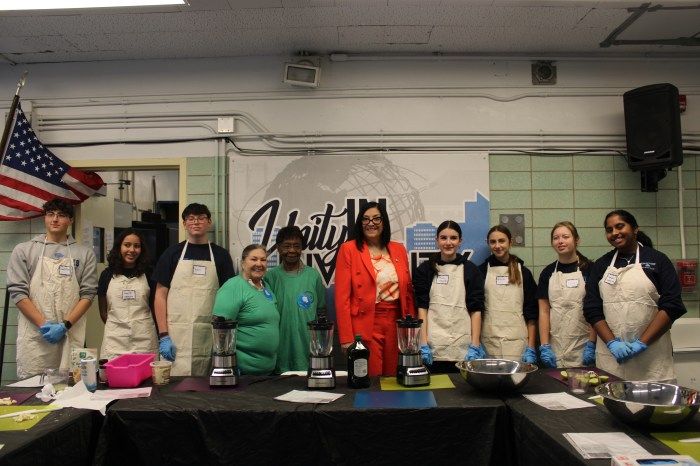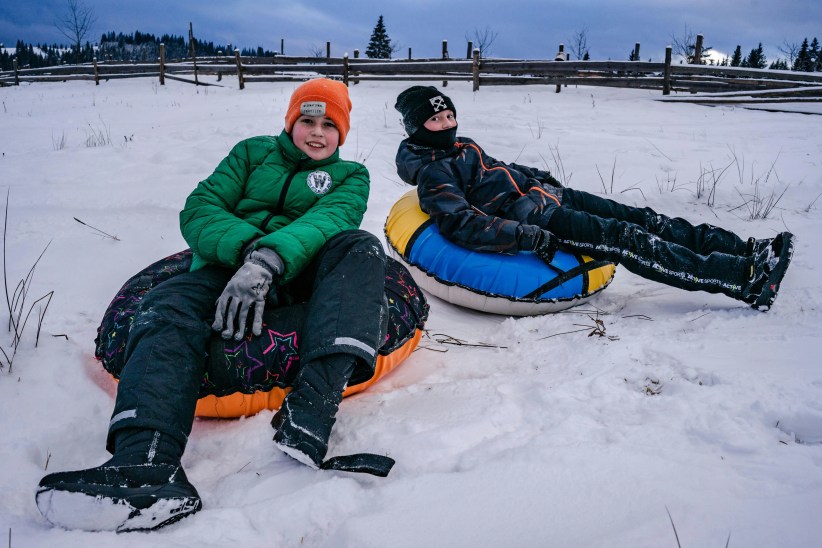The hours between the end of the school day and bedtime are a golden opportunity for parents to help children build healthy and safe habits that will last a lifetime. Here are some simple and free ways to incorporate messages about eating well, staying safe and avoiding injuries while kids complete homework, participate in team sports or recreational activities, and relax with friends.
Personal safety
Some kids engage in team sports after school.Others participate in school-sponsored extracurricular clubs. Still others go home and spend time alone until parents are finished working. Regardless of how a child spends the hours after school, personal safety should be important and a topic of conversation between parents and kids. Consider how your child will spend their after-school hours, and work together to develop a list of relevant safety tactics. For example, if your child plays a sport, discuss ways to avoid injury and make sure they always wear appropriate safety gear. For students who will arrive home before parents, set ground rules, such as go straight home and check in via phone call or text once they arrive. Remind children not to open the door to strangers or answer phone calls from numbers they can’t identify. Safekids.org offers a wealth of safety tips that can be
applied to virtually every child’s after-school situation.
Better snacking
Snacking is actually a very healthy habit when done smartly. Teach kids to reach for a sensible and filling snack to help keep their minds alert for homework and their bodies fueled for after-school activities. Encourage kids to use portion control and choose healthier snacks, like fresh fruits or veggies or fat-free options like pretzels. Portion-controlled, pre packaged choices are convenient and healthy options for after-school snacking. Try a low-fat combination of pretzels with apple slices or carrot sticks, which are more stimulating to a child’s brain than something sweet and fatty.
Follow a schedule that builds in fun and eases homework headaches
Naturally, all children want to work some fun into their day, whether it’s before or after homework is complete. Since most kids thrive with guidance and structure, talk to your child about creating a schedule or “to-do” list for after-school time, and make sure it includes a combination of fun activities, snack time and homework. Keep in mind that every child is different. Some children need to run around before starting homework, while others do best when saving the fun time for last.
Screen time
Once kids have completed homework and gotten a little physical activity, many may prefer to spend hours online, playing video games or watching TV. Finding a balance can be tough. Many parents take a “homework first” approach, having kids complete school assignments before they’re allowed the treat of screen time. Also consider parental control software to set limits on when kids can use the PC, laptop or tablet and to restrict when and where they can go online. You can also encourage kids to use technology in a manner that stimulates their brain, such as reading a book on a tablet, working on a brain puzzle on the computer, or practicing their keyboard or typing skills. Many schools will provide a list of fun websites kids can access at home or the library to reinforce skills taught in school.
Courtesy BPT
RECOMMENDED STORIES



































